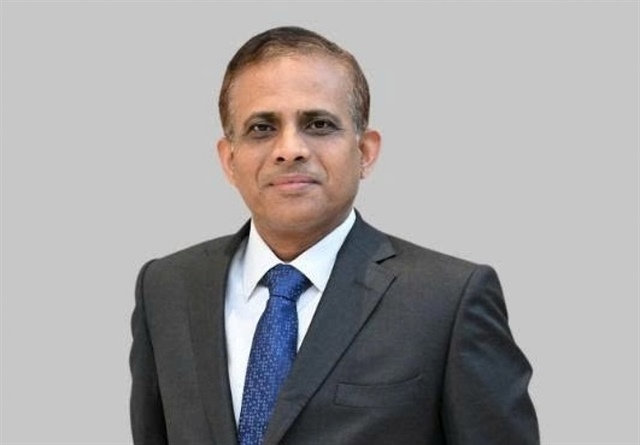Micro, small businesses still face difficulties to access loans despite high credit growth
Micro, small businesses still face difficulties to access loans despite high credit growth
According to data from the State Bank of Vietnam, bank credit in the first five months of this year increased by 6.52 per cent to exceed VNĐ16.6 quadrillion. This was a record increase in credit in the first five months of the year.

Most credit capital has poured to large enterprises, reputable corporations or real estate projects, while micro, small and medium enterprises, which account for a large proportion of the economy, have little access to bank loans. Photo vnbusiness.vn |
Though banks have pumped an additional of more than VNĐ1 quadrillion into the economy in the first five months of this year, the credit flow has not been evenly disbursed among types of enterprises and industries, causing many micro and small businesses to find it tough to access the capital source.
According to data from the State Bank of Vietnam, bank credit in the first five months of this year increased by 6.52 per cent to exceed VNĐ16.6 quadrillion. This was a record increase in credit in the first five months of the year.
However, experts said, despite the surge, the credit flow has not been evenly distributed among industries and types of enterprises. In fact, most credit capital has poured into large enterprises, reputable corporations or real estate projects, while micro, small and medium enterprises, which account for a large proportion of the economy, have little access to bank loans.
Banks often prioritise lending to customers with high-value mortgaged assets and good credit records, causing small enterprises lacking collateral to be at a disadvantage.
Nguyễn Văn Mạnh, General Director of the Hà Nội Housing Construction and Trading Joint Stock Company, said that although the company has collateral, it has not been able to access bank capital for more than 10 years.
To ensure operating capital, the company must use its capital and make joint ventures with other partners to share profits, he added.
Hà Nội’s Hà Thành Investment and Trade Joint Stock Company said that although banks have enthusiastically supported the company to open an account to borrow, it was not easy to borrow capital due to a lack of collateral.
According to the chairman of the company’s Board of Directors, the company won bids to supply medical equipment worth about VNĐ50 billion, but it could not borrow from the bank because of a lack of collateral.
The bank proposed another solution on requiring the company to prove that it had won the bid, but it was not simple because the investor could not guarantee the loan for the winning enterprise. Therefore, the company would have to find a solution to rely on a large enterprise with economic capacity to have access to bank loans. Thus, the small company itself would lose the opportunity to develop.
Some micro-enterprises reported that although they were able to borrow from the bank, bank staff often did not care, support them, or find ways to help them develop after disbursing the loan to the enterprise.
Large enterprises also develop from small enterprises. Meanwhile, Việt Nam has a very large number of small and medium enterprises. Therefore, if banks closely accompany and support, many small and medium enterprises will become large enterprises.
In addition, small and medium-sized enterprises said that lending interest rates are still high compared to their financial health, as their profit margins are not high. Therefore, they hope that banks will find ways to further reduce lending interest rates.
Although interest rates have been adjusted downward, they are only applied to a select number of priority areas; however, bank lending conditions remain very strict.
Enterprises need to demonstrate a strong financial capacity, have a clear business plan and stable profits, and possess adequate collateral.
However, small and micro enterprises cannot meet such standards. This explains the fact that, although credit is growing, not all enterprises are qualified to access the capital source.
Experts said that banks should design specialised financial products such as unsecured loans based on business cash flow, loans based on output contracts or loans based on assets formed from borrowed capital.
Additionally, it is necessary to expand the credit assessment model based on actual transaction data from enterprises, rather than focusing solely on collateral.
At the same time, banks should shorten the time for evaluating and processing credit records, and supporting businesses.
- 09:31 18/06/2025




























